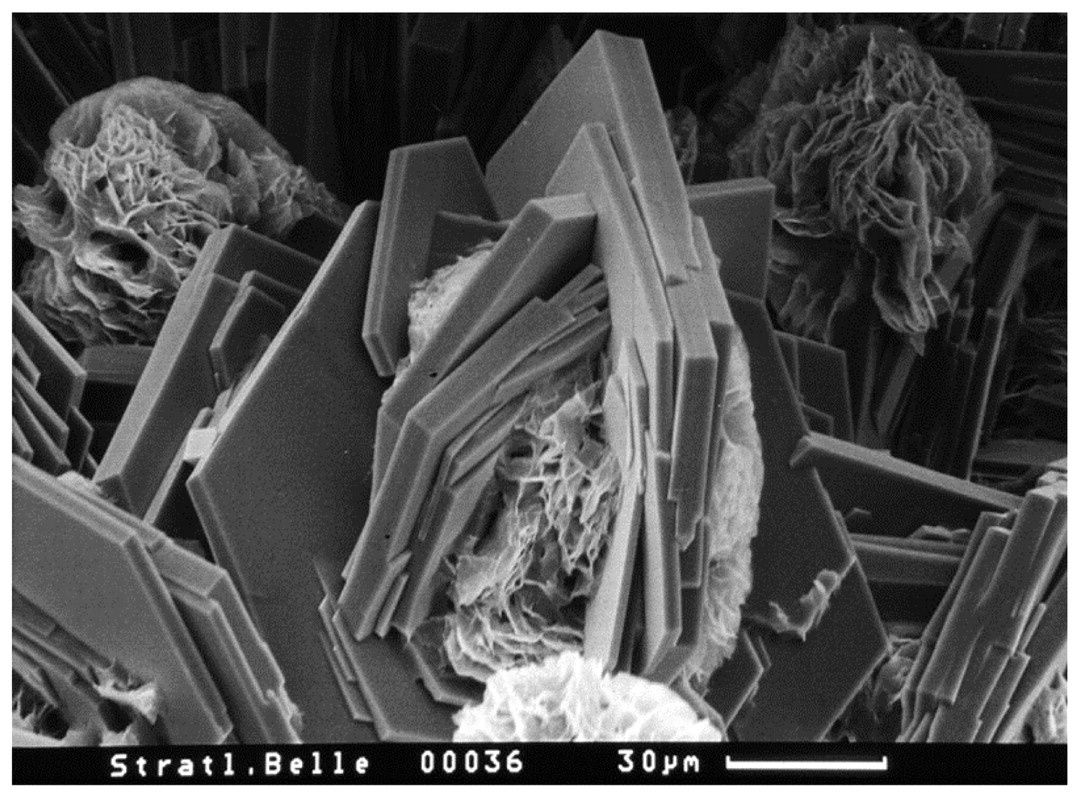Actualité volcanique, Articles de fond sur étude de volcan, tectonique, récits et photos de voyage
Par Bernard Duyck
Longevity and endurance of monuments built in ancient Rome 2,000 years since come to be understood and explained by scientists ... at their base, a concrete made of volcanic ash!
The team of researchers from the Department of Energy's Berkeley Lab. analyzed the concrete walls of Trajan's Market, built in the 2nd century on the slopes of the Quirinale in Rome. It consists of coarse pieces of brick and tuff (45-55 vol.%), linked by a mortar of lime and volcanic ash.
To 1 century, the Romans improved the hydraulic binders, adding volcanic ash of Pozzuoli, in Campania. Vitruvius, a Roman architect, evidenced in his "De Architectura", a treatise on architecture in ten books and in Latin.
This mortar resistant to micro-fracturing through the in situ crystallization of strätlingite pads, a hydrated silicate of aluminum and calcium, Ca2Al2SiO7.8H2O formula, which reinforces the interface areas and the cementitious matrix.
According to Marie Jacson, formation of volcanologist : "dense tangles of lamellar crystals hinder the propagation of cracks and preserves the cohesion on a micron scale, which allows the concrete to maintain its chemical resilience and structural integrity in an active seismic environment across the millennium."
Mortars binding the components of the concrete used in Imperial Rome are of great interest, not only because of their durability and resilience, but also for the environmental benefits they offer.
This mortar is made from a blend of a melting to 85% by vol. of volcanic ash, and water and lime, calcined at a temperature lower than that used to make the modern Portland cement (the latter requires the heating of clay and limestone mixture at 1450 ° C, which process releases 7% of the amount of carbon emitted into our atmosphere every year) ... we could get to a significant reduction in carbon emissions, and increase the quality of concrete, incorporating a substantial volume of volcanic rocks in the production of special concrete.
Sources :
- Back to the Future with Roman Architectural Concrete - Research at Berkeley Lab’s Advanced Light Source Reveals Key to Longevity of Imperial Roman Monuments - link
- iO9 - How the ancients Rolans made better concrete than we don now - link
- Minaral data - Strätlingite - link
- Strätlingite - photo link
Thème Magazine - Hébergé par Overblog






